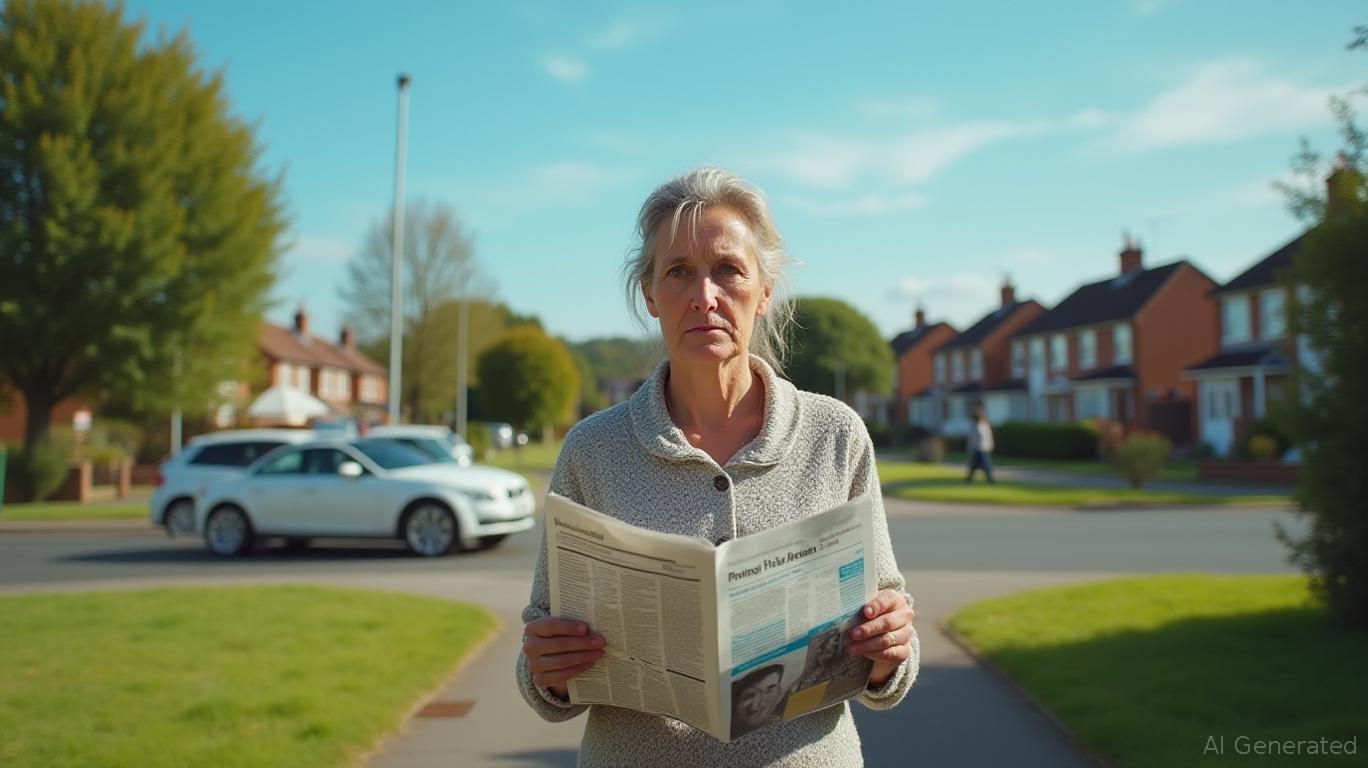UK Housing Prices Fall 0.3% in May, Marking Sharpest Drop in Over a Decade
Market Snapshot: Housing Decline Accelerates
British housing prices declined by 0.3% in May 2025, marking the steepest monthly drop since early 2011, according to data from property analytics firm Rightmove. This reversal from April’s slight uptick of 0.1% underscores a growing trend of downward pressure on the housing market. The May decline represents a significant shift, as it exceeds the previous 12-month average monthly contraction of 0.1%.
Historical Context and Magnitude of the Decline
The 0.3% drop in May is the largest single-month decline in 14 years, surpassing the previous record set in February 2011. Rightmove’s analysis highlights that the May figures reverse gains made in April, signaling heightened volatility in an already sluggish market. Year-to-date data shows prices remain 0.8% below their levels in January 2025, with the cumulative effect of monthly declines now outpacing minor recoveries.
Structural Shifts in Market Dynamics
The data suggests a sustained shift in buyer behavior, with May’s decline driven by a broad-based retreat across regional markets. Key areas such as the Southeast and London, traditionally resilient hubs, experienced sharper declines than national averages. This regional consistency implies underlying pressures may be systemic rather than localized. Notably, the drop follows a period where price growth had slowed but not yet turned negative, making May’s figures a pivotal milestone.
Implications for Sellers and Buyers
The accelerated decline raises questions about seller confidence and buyer readiness. With prices now falling at a rate not seen in over a decade, the market’s equilibrium appears to be recalibrating. Sellers may face reduced negotiating power, while buyers could gain leverage in price negotiations. However, the data does not specify whether this reflects reduced demand, increased supply, or other structural factors.
Long-Term Trends and Comparative Analysis
Comparing May 2025 to historical cycles, the current decline mirrors patterns observed during the 2011-2013 period, though the causes may differ. The 0.3% drop aligns with the magnitude of monthly declines seen during that earlier downturn, but without additional context on economic conditions or policy changes, direct comparisons remain limited to price movements alone.
Market Predictions and Future Outlook
Rightmove’s data does not include forward-looking projections, but the May figures suggest continued downward momentum. If the trend persists, it could extend the housing market’s correction beyond the current year, challenging previous assumptions of stabilization. The absence of speculative commentary in the dataset limits deeper analysis of potential triggers, such as interest rates or employment trends.
Conclusion: A Defining Moment for the Housing Cycle
The May 2025 decline not only breaks a multiyear record but also cements a narrative of sustained market softness. With prices now in their most pronounced monthly drop since 2011, the data underscores the fragility of recovery efforts. The absence of mitigating factors in the dataset leaves the focus squarely on the statistical significance of the drop, positioning May 2025 as a critical inflection point in Britain’s housing cycle.


Comments
No comments yet